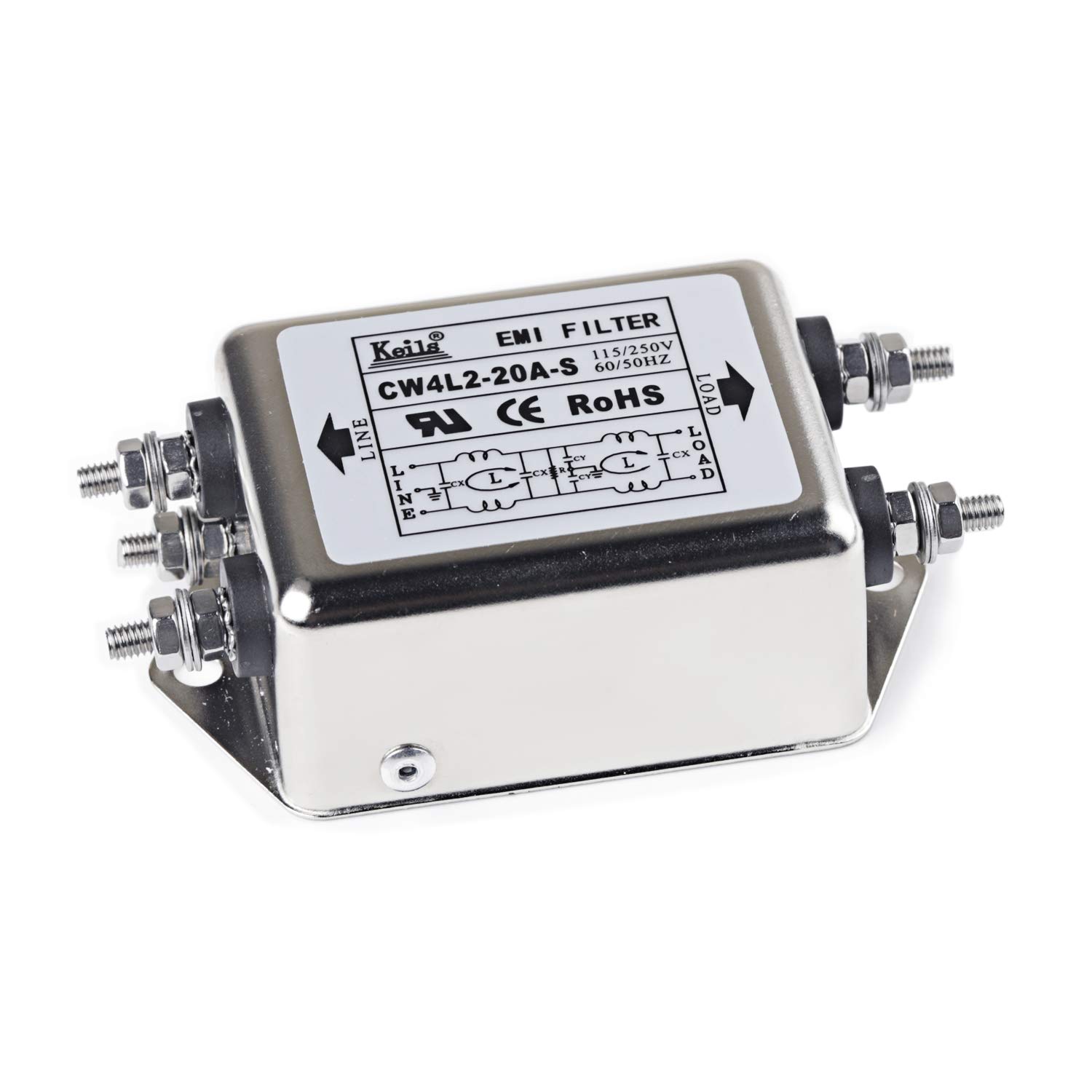Overview
EMI (electromagnetic interference) filters are widely used in electronic equipment to suppress interference and improve circuit immunity. The following guidelines cover key considerations for selecting and applying EMI filters.
Determine the Frequency Range
First, identify the frequency range that requires attenuation. Different EMI filters are effective across different ranges, including low frequency, radio frequency, and microwave bands.
Choose the Appropriate Filter Type
Select the filter topology based on system requirements. Common EMI filter types include LC filters, RC filters, pi networks, T networks, and differential-mode filters. Each type differs in frequency response, attenuation performance, insertion loss, size, and implementation complexity.
Consider System Parameters
Choose filter parameters according to the characteristics of the circuit to be filtered. Important factors include impedance matching, passband and stopband behavior, insertion loss, voltage/current ratings, and mechanical size and mounting considerations.
Layout Optimization
Place EMI filters on the PCB close to the components and traces that need protection. Use good ground design, isolate sensitive signal lines from power lines, minimize loop areas, and keep high-frequency return paths short to further improve system immunity.
Testing and Verification
After design, perform EMI testing and verification to ensure the filter meets performance requirements. Typical tests include radiated emission and conducted emission measurements, together with system-level functional testing.
Filter selection and application should be tailored to the specific device and operating environment. In many cases, evaluation with measurement equipment or consultation with experienced engineers is useful.
EMI Shielding Materials and Design Best Practices
Shielding materials and enclosure design are key measures for suppressing electromagnetic interference. The following best practices provide guidance for material selection and implementation.
Selecting EMI Shielding Materials
- Metals: Common metal shielding materials include copper, aluminum, and steel. These provide good conductivity and shielding performance. Choose an appropriate thickness to ensure effective absorption and reflection of electromagnetic waves.
- Conductive coatings: Conductive coatings are thin shielding layers that can be applied directly to device surfaces or plastic enclosures. These coatings are typically polymer-based with metal fillers, offering conductive paths and shielding effectiveness.
- Shielding hybrid materials: Hybrid materials combine metal and insulating substrates to form composites that offer structural strength and shielding. Examples include metal foils laminated with adhesives, such as copper foil patches.
Shielding Design Best Practices
- Define shielding requirements: Identify the electromagnetic sources and the sensitive components that require shielding. Determine their frequency ranges, field strengths, and shielding level needs.
- Choose the right shielding method: Select shielding approaches based on whether the issue is radiated or conducted interference. Common methods include metal covers, shielded enclosures, conductive coatings, and gaskets or shielding pads.
- Ensure good grounding: Provide proper grounding connections between the shield and the equipment chassis or system ground. Good grounding creates a low-impedance return path and reduces EMI coupling.
 ALLPCB
ALLPCB








